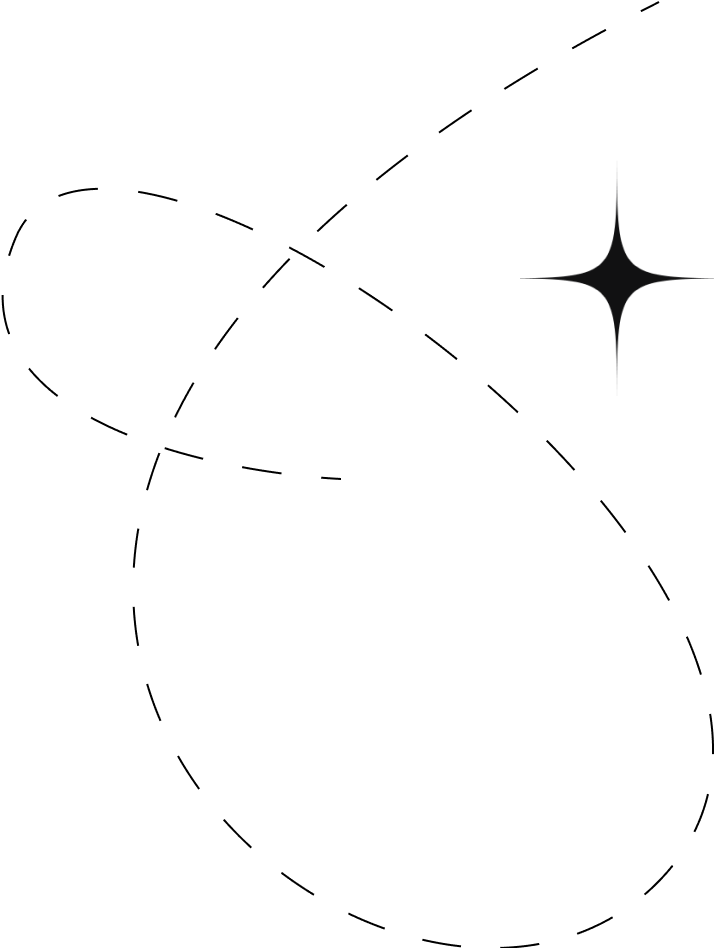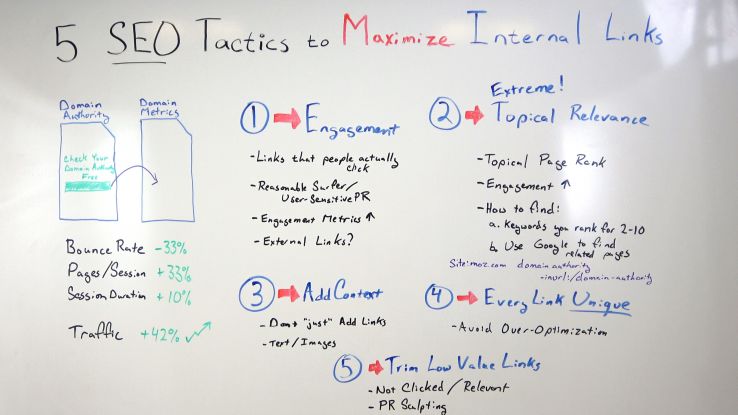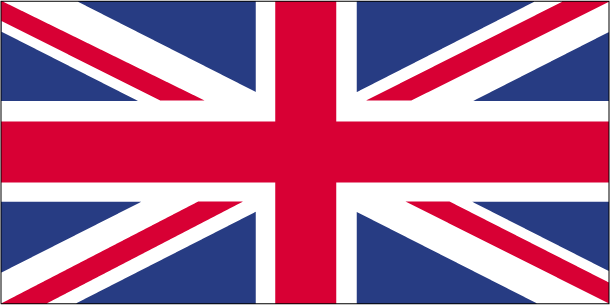Guides
Internal linking is a vital SEO strategy that boosts website visibility, improves user experience, and enhances search engine performance. By connecting different pages within a website, businesses can streamline navigation, guide search engine crawlers efficiently, and provide users with meaningful content throughout their journey.

Internal links are clickable hyperlinks that navigate users from one page to another within the same website. These links help both users and search engines navigate and understand the structure of a website. Search engine bots use internal links to discover and index pages while evaluating the context and relevance of the linked content.
A well-structured internal linking system allows you to direct “link juice” to high-priority pages, improving their visibility and authority. However, linking to irrelevant or low-value pages can dilute your efforts and negatively affect your website’s rankings.

Assessing Link Profiles
Every page on your website has a link profile—essentially, the quantity and quality of links directed to and from that page. Strategically linking high-authority pages to those with weaker link profiles can boost their rankings on search engine results pages (SERPs).
Here’s a practical example for an e-commerce website selling clothing:
This structure creates a content silo system, grouping related topics under distinct themes. For example, a website focused on digital marketing could organize content into silos like “SEO,” “Content Marketing,” “Social Media,” and “PPC Advertising,” with internal links connecting the relevant pages within each silo. This organization helps search engines better understand your content’s context and improves its discoverability.
By creating a thoughtful and intentional internal linking structure, businesses in Kerala, with the expertise of a skilled SEO company, can boost their website’s visibility, enhance authority, and achieve sustainable SEO growth. Keep the links purposeful and user-focused to make the most of this essential optimization technique.
This article provides a comprehensive overview of internal linking, its benefits, and best practices. It covers topics like link equity distribution, improving user experience, and creating a strong site architecture.
This guide from Moz covers a wide range of internal linking topics, including how to identify and fix broken links, use anchor text effectively, and leverage internal links to improve content discoverability.
Ahrefs offers in-depth insights into internal linking, including advanced techniques like link juice distribution, information architecture, and how to use internal links for SEO and user experience.
Never settle for anything less than the best! Hire the top SEO agency in Kerala and benefit from the customized Search Engine Optimization strategies designed exclusively for your brand. Do not hesitate. Contact us today and begin your online success journey!

Never settle for anything less than the best! Hire the top SEO experts from the Best SEO Company in Kerala and benefit from the customized Search Engine Optimization strategies designed exclusively for your brand.

India

United Kingdom
Newsletter
Never settle for anything less than the best!
Other Links
WhatsApp us